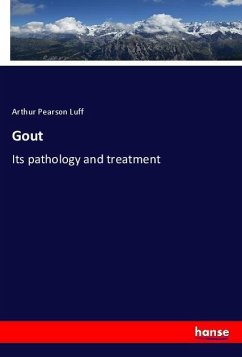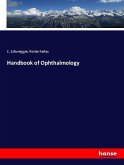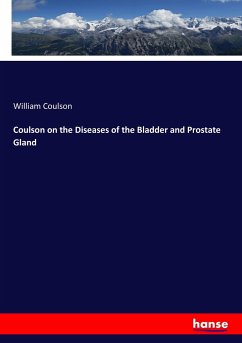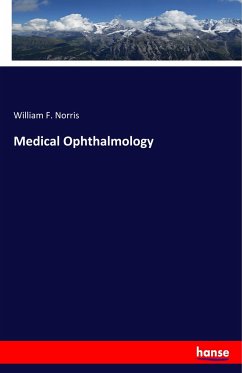Human metabolism and climate change can modulate the evolution of renel, pulmonary, gastrointestinal and hepatic disease. Actinidic archaea has been related to global warming and human diseases. The growth of endosymbiotic actinidic archaea in relation to climate change and global warming leads to neanderthalisation of the humans. Neanderthal metabolonomics include the Warburg phenotype and cholesterol catabolism resulting in hyperdigoxinemia. Digoxin produced by archaeal cholesterol catabolism produces neanderthalisation. The neanderthalisation of the human brain due to endosymbiotic archaeal overgrowth results in prefrontal cortical atrophy and cerebellar hyperplasia. This leads on to dysautonomia with sympathetic hyperactivity and parasympathetic neuropathy in these disorders. This can lead on to a climate change related renal, pulmonary, gastrointestinal and hepatic diseases.







